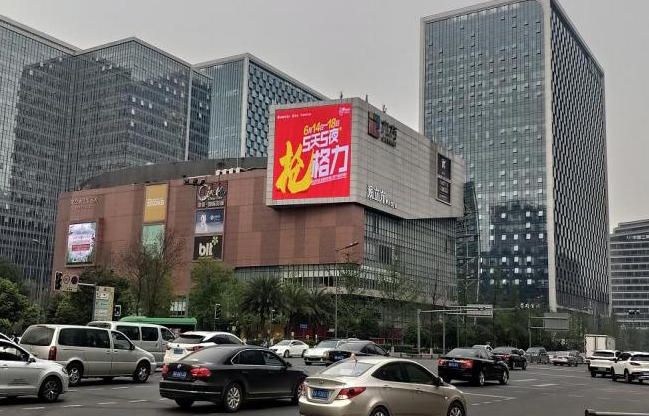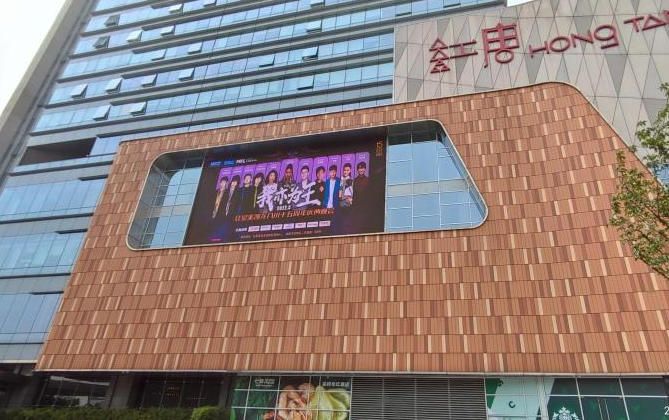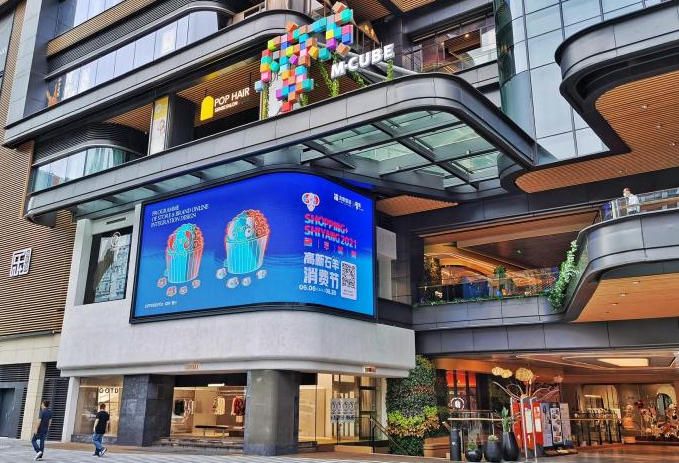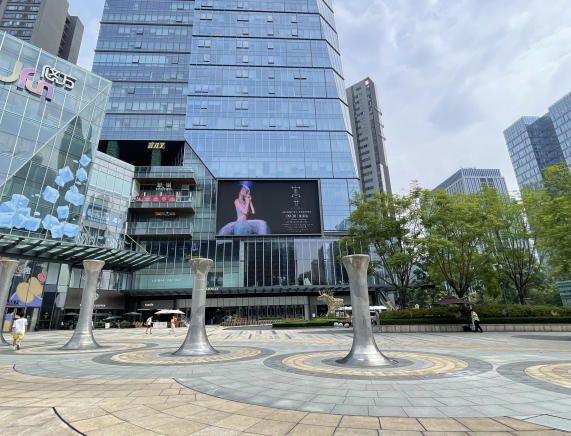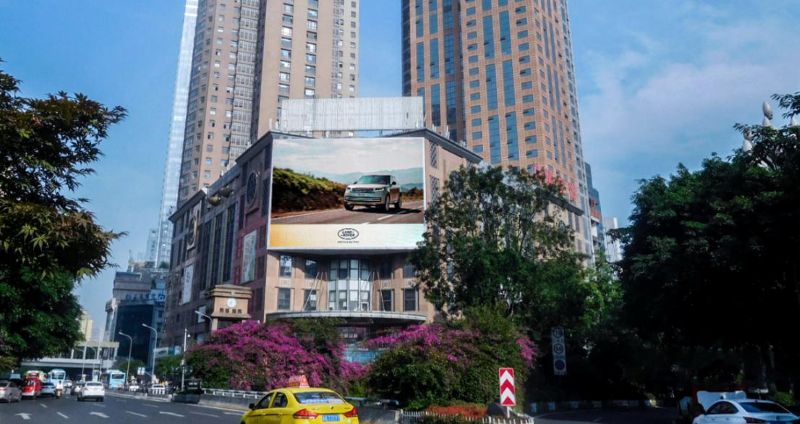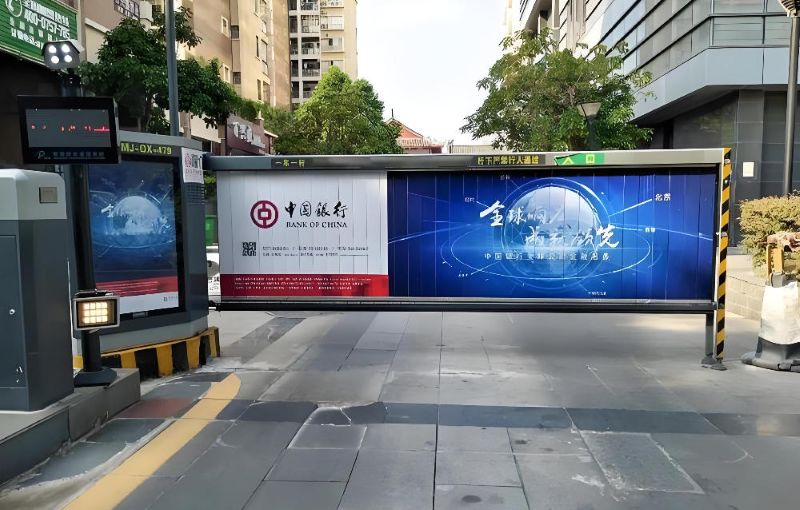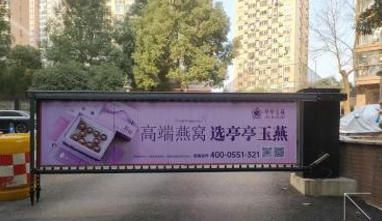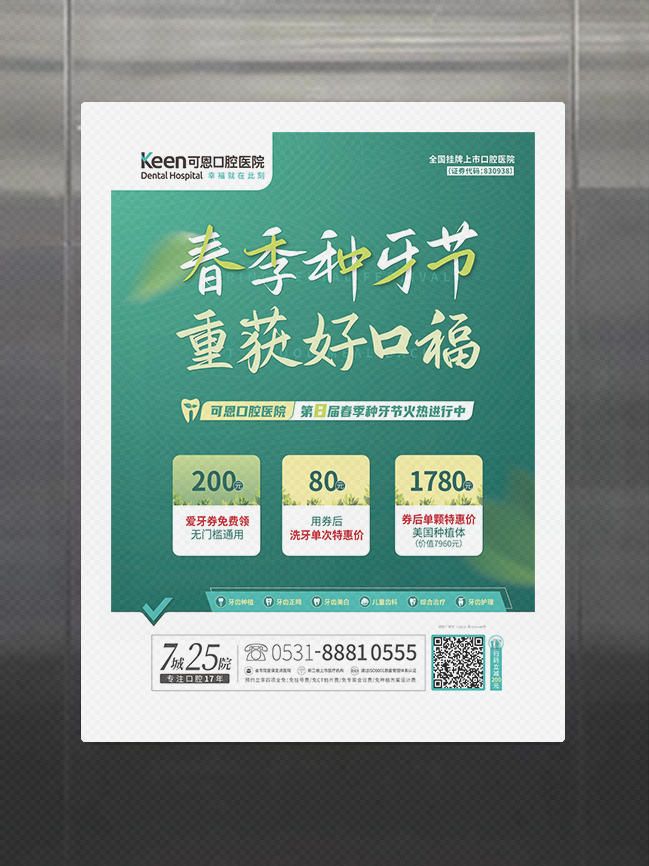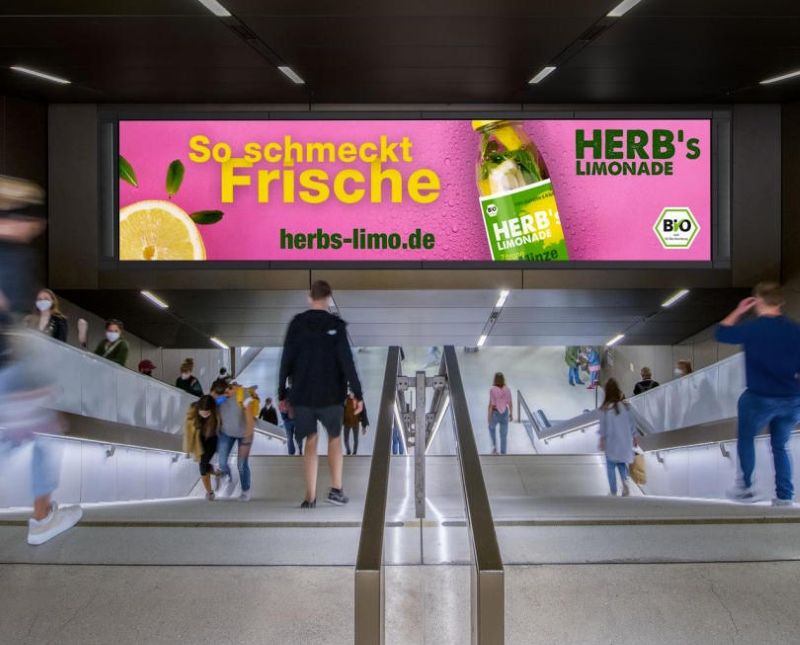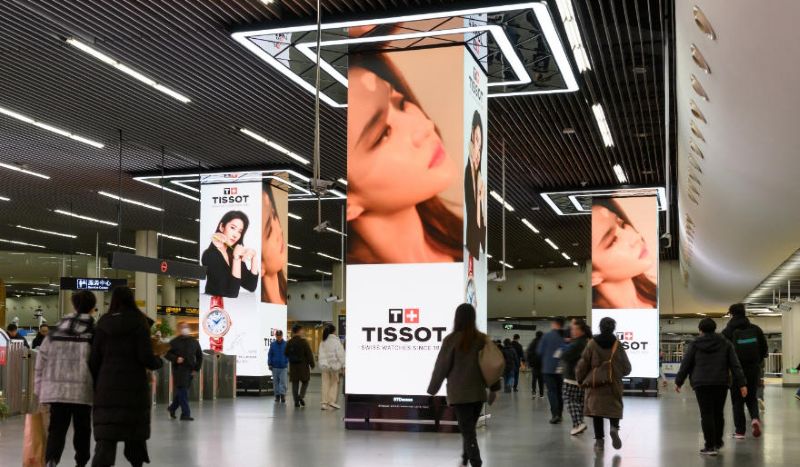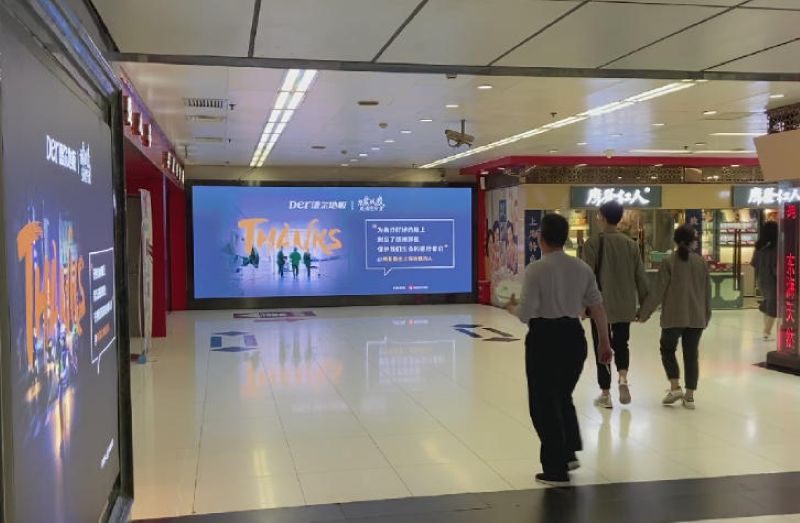- Photos
- Specs
- Advantages
- Value
- Media Map
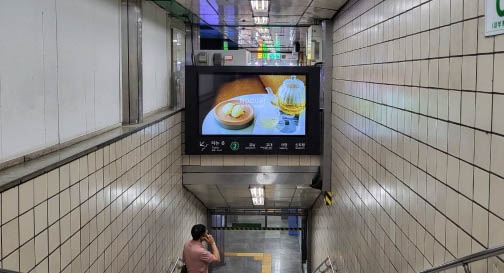

| Area:International | Type:Metro | Frequency:0 |
| Address:Metro Line 2 and Line 7 | Format:led | Duration:、 |
| Location:Metro Line 2 and Line 7 | Min Qty:1 | |
| Size:86 | Min Period:week |
At complex hubs such as the KUMU station, following the ground projection arrows (LED system components) is 37% more efficient than static signage
The transfer aisle bar screen guides the flow of passengers with dynamic arrow color coding (red/yellow/green), reducing the average transfer time by 23%
The LED media is fully adapted to the international standard 8-line diagram, the 2-line logo is changed to a ring icon, and the colorblind mode pattern enhances the cross-line recognition efficiency
The LED indicator of the door (Line 2) and the vibration reminder (Line 7) are coordinated to build a barrier-free transfer system for the visually impaired
The transfer channel screen pushes scenario-based advertisements such as morning peak coffee promotions based on real-time passenger flow, and the conversion rate is 57% higher than that of traditional light boxes.
Priority is given to double-line superimposed hubs such as Konkuk University Station and Jiangnan Station for brand launch, which can simultaneously cover commuters and consumers in commercial areas
The LED media system of the two lines has become the core interactive node of Seoul's smart transportation network through hardware innovation and data-driven
Peak hours: Push fast food/coffee and other instant consumption brands Gangnam Station morning peak conversion rate ↑28%
Off-peak hours: Implant advertisements with long decision-making cycles such as tourism/education, and the interactive stay duration of AR tour is 120 seconds
Bind to the city's emergency system: The government bears 30% of the cost of screen updates in exchange for the priority release of accident warning information
Priority will be given to bidding for the right to operate LED media in double-line superimposed hubs such as Konkuk University Station and Jiangnan Station, whose passenger density and technology integration can maximize the return on investment





